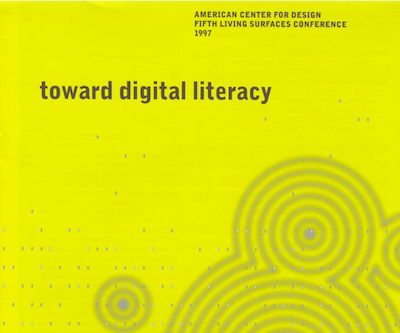Bringing Systems into the Practice: Terry Irwin
Written by Erin Malone
At Carnegie Mellon University, the Transition Design program, created by Terry Irwin and Gideon Kossoff, was developed specifically to address wicked problems using systems design at scale and brings together many of the problem-solving skills of interaction and user experience designers merged with other discipline’s perspectives to think about future states of these systems.
Dr. Terry Irwin
Terry Irwin’s career might be considered in two acts, the first informing the second.
Act 1 began in Phoenix, Arizona where Irwin studied design at a local community college while working. Eventually, she transferred to a local university and took classes at night. She was inspired to attend graduate school by her first graphic design teacher and in 1983, she was accepted into the Basel School of Design. She says she “sold everything she owned and moved to study with the ‘greats’ like Armin Hofmann and Wolfgang Weingart.”[1] She received her MFA in Design from the Allgemeine Kunstgewerbeschule in Basel, Switzerland in 1986.
Irwin cofounded MetaDesign with Bill Hill and Erik Speikermann and she ran the San Francisco Office with Hill. Opened in 1992, the agency originally signed Adobe, Hewlett-Packard, Wells Fargo, and Bank of America as some of their earliest clients, focusing on the brand design business with Irwin serving as creative director. Over time, as the internet and digital interactive work emerged, they grew into that space as well working with Apple, Sony, and The Getty Center designing flexible modular systems that could work across media. In 1995, the firm designed the book and CD-ROM VizAbility for Kristina Hooper Woolsey and Gayle Curtis. This was one of the first coordinated design systems that unified packaging, the book, and the screen designs. The firm also designed IDEO’s first website.
During the dot com boom, MetaDesign was designing digital experiences for websites as well as interfaces within devices like the Palm Pilot, a project for which Pam Mead was the lead.
“The Internet puts usability in a [new] focus. There's something about the experience you have in a 3-D world that has so much history—the context is so familiar to everybody—that you can get away with a lot. When you enter the 2-D experience, there aren't the conventions. It sheds a whole different light for designers.”[2]
While at Meta, Irwin was an adjunct professor at California College of the Arts and Crafts in San Francisco and in the late 1990s and early 2000s, both she and Hill were participants in the Advance for Design summits, helping define this emerging flavor of the field of design and codifying its deliverables, practices, and curriculums. Irwin has also served on the AIGA national board of directors.
The firm grew as companies and startups across Silicon Valley grew and it shrank and when the bust happened, it was trimmed from a robust 100+ people down to less than 10. She left in 2001, disillusioned with how design was complicit in environmental and social issues.
Act 2 for Irwin came about when she left her active design practice to return to school. She took a course at Schumacher College with Fritjof Capra, environmentalist and physicist. This short course inspired Irwin to sell everything she owned, again, and move to Devon, England to study full time. She received a master’s degree in Holistic science and explored how the principles of living systems could inform a more responsible and sustainable design process. Learning about chaos, complexity theory, and systems thinking during this phase of her education laid the groundwork for her most recent incarnation. Irwin joined the faculty there in 2004, teaching design thinking, and in 2007 she left to pursue a PhD at the Centre for the Study of Natural Design at the University of Dundee, Scotland.
In 2009 Irwin was approached by Carnegie Mellon University to come to Pittsburgh and be the Head of the School of Design. She was tasked “to lead the redesign of programs at the undergraduate, master’s, and doctoral levels. My goal was to place what our discipline calls ‘design for society and the environment’ at the heart of all programs.”[3]
Irwin led a complete review and overhaul of the CMU design programs, revising and refining curriculum across multiple degrees. “I felt that a new kind of designer was needed for the 21st century.”[4] The goal was not only to create designers coming out of the school who could handle the complexity of solving wicked problems, but to also change the culture to bring in thinking and faculty from other disciplines to change the way design is taught. The process took several years and was approached as a complex system. The entire faculty was involved, meeting regularly in retreats and work sessions to brainstorm ideas, using the processes and tools that would become part of the new programs. In 2013, she had smaller groups develop new curricula and programs for all the degree levels and they developed a theoretical framework underlying each of the programs. These new programs launched in 2014.
“The school’s new pedagogical framework is intended to unify programs and encourage a greater level of practical and intellectual exchange between students and faculty at the undergraduate and graduate levels. On a philosophical level the framework acknowledges that the ‘designed’ or ‘built’ world is always embedded within the social world and both are always embedded within the ‘natural’ world or environment.”[5]
Irwin has taken a systematic approach to redesigning the school and each of the programs is interconnected and complementary to the others. The centerpiece of the new programs is the Transition Design program that considers design practice and uses systems thinking, design thinking, design futures techniques, as well as natural systems, ecological worldviews, sociology, and other tools and processes to tackle wicked problems using new ways of thinking and designing. Irwin points out in interviews that the “transition of the designer themselves to this new way of thinking, to challenge values and worldviews as well as assumptions”[6] is one of the most important aspects of the overall framework of the program.
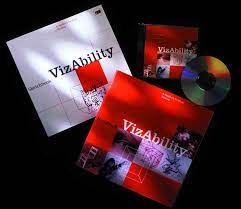
Vizability - Instructional CDRom by Kristina Woolsey, Gayle Curtis and Scott Kim. System design for digital screens and printed workbook by MetaDesign, San Francisco
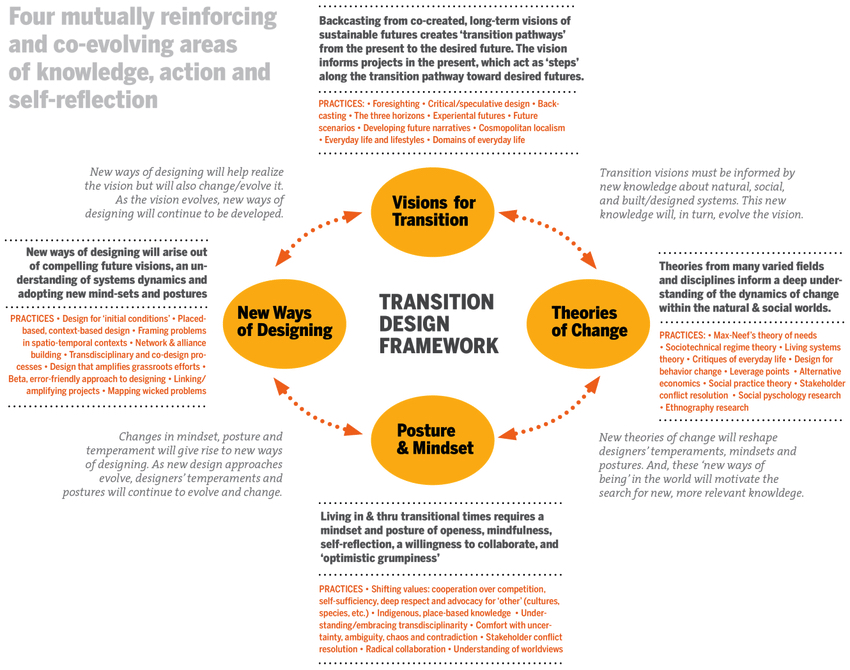
The Transition Design Framework developed by Dr. Terry Irwin and Gedeon Kossoff, c. 2014
Footnotes:
[1] “Terry Irwin Awarded 2021 AIGA Medal | Carnegie Mellon School of Design,” www.design.cmu.edu, November 11, 2021, https://www.design.cmu.edu/content/terry-irwin-awarded-2021-aiga-medal.
[2] Cheryl Bensten, “Creative Tension,” Darwin Magazine, March 2001, https://web.archive.org/web/20030218004158/http://www.darwinmag.com/read/030101/creative.html.
[3] Terry Irwin, “Lessons from Transition Design, Contribution to GIT Forum ‘the Pedagogy of Transition,’” Great Transition Initiative, April 14, 2021, https://greattransition.org/gti-forum/pedagogy-transition-irwin.
[4] Ibid
[5] Terry Irwin, “Redesigning a Design Program: How Carnegie Mellon University Is Developing a Design Curricula for the 21st Century,” The Solutions Journal, February 21, 2016, https://thesolutionsjournal.com/2016/02/22/redesigning-a-design-program-how-carnegie-mellon-university-is-developing-a-design-curricula-for-the-21st-century/.
[6] Tania Costa, “In Conversation with Terry Irwin. Research through Design and the Transition Design Perspective.,” EINA Journal of Design Processes, June 8, 2018, 4–11.
Bibliography:
- Baskinger, Mark. “From Industrial Design to User Experience.” UX Magazine, June 8, 2010. https://uxmag.com/articles/from-industrial-design-to-user-experience.
- Bensten, Cheryl. “Creative Tension.” Darwin Magazine, March 2001. https://web.archive.org/web/20030218004158/http://www.darwinmag.com/read/030101/creative.html. Archived on web.archive.org.
- Costa, Tania. “In Conversation with Terry Irwin. Research through Design and the Transition Design Perspective.” EINA Journal of Design Processes, June 8, 2018, 4–11.
- Holland, DK. “Blow up the Design School! Part 2.” Communication Arts, June 23, 2011. https://www.commarts.com/columns/blow-up-the-design-school-part-2.
- Irwin, Terry. “Lessons from Transition Design, Contribution to GIT Forum ‘the Pedagogy of Transition.’” Great Transition Initiative, April 14, 2021. https://greattransition.org/gti-forum/pedagogy-transition-irwin.
- ———. “Redesigning a Design Program: How Carnegie Mellon University Is Developing a Design Curricula for the 21st Century.” The Solutions Journal, February 21, 2016. https://thesolutionsjournal.com/2016/02/22/redesigning-a-design-program-how-carnegie-mellon-university-is-developing-a-design-curricula-for-the-21st-century/.
- ———. “Transition Design: A Proposal for a New Area of Design Practice, Study, and Research.” Design and Culture 7, no. 2 (April 3, 2015): 229–46. https://doi.org/10.1080/17547075.2015.1051829.
- Irwin, Terry, Gideon Kossoff, and Cameron Tonkinwise. “Transition Design Provocation.” Design Philosophy Papers 13, no. 1 (January 2, 2015): 3–11. https://doi.org/10.1080/14487136.2015.1085688.
- Kazior, John. “2021 AIGA Medalist: Terry Irwin | AIGA.” www.aiga.org, August 16, 2021. https://www.aiga.org/membership-community/aiga-awards/aiga-medal/2021-aiga-medalist-terry-irwin.
- Kent, Stacie. “Designing the Future: San Francisco Graphic Design Firm Returns to Earth after Dot-Com Rocket Ride.” San Francisco Business Times, April 14, 2002. https://www.bizjournals.com/sanfrancisco/stories/2002/04/15/smallb1.html.
- “Terry Irwin Awarded 2021 AIGA Medal | Carnegie Mellon School of Design.” www.design.cmu.edu, November 11, 2021. https://www.design.cmu.edu/content/terry-irwin-awarded-2021-aiga-medal.
Selected Stories
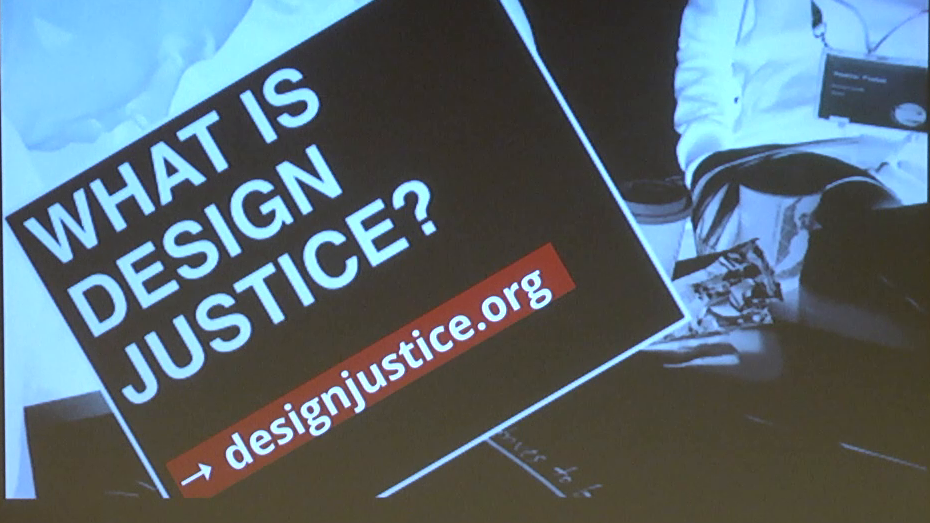
Sasha Costanza-ChockProject type
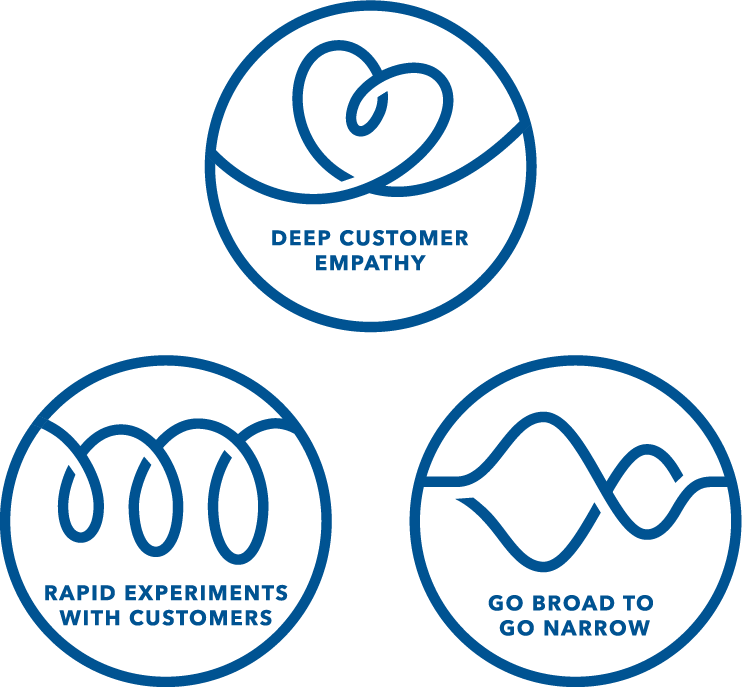
Kaaren HansonProject type
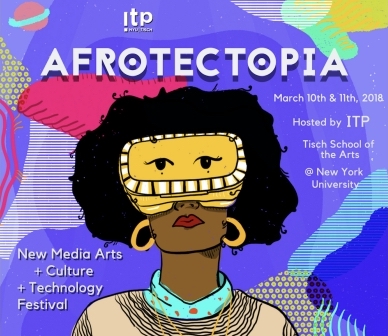
Ari MelencianoProject type

Mizuko Itoresearch
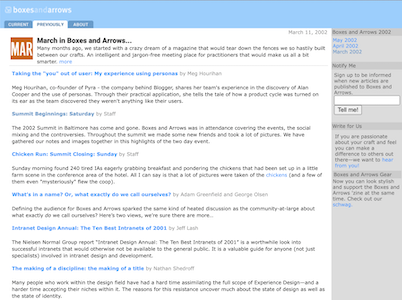
Boxes and ArrowsProject type

Mithula NaikCivic

Lili ChengProject type

Ovetta SampsonProject type
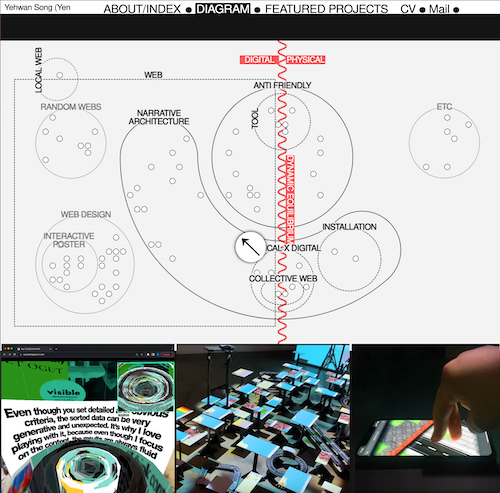
Yehwan SongProject type
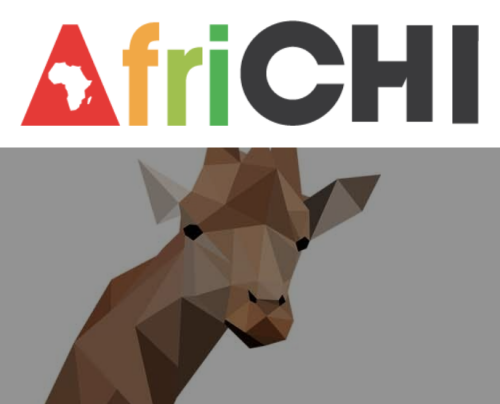
Anicia PetersProject type

Simona MaschiProject type

Jennifer BoveProject type
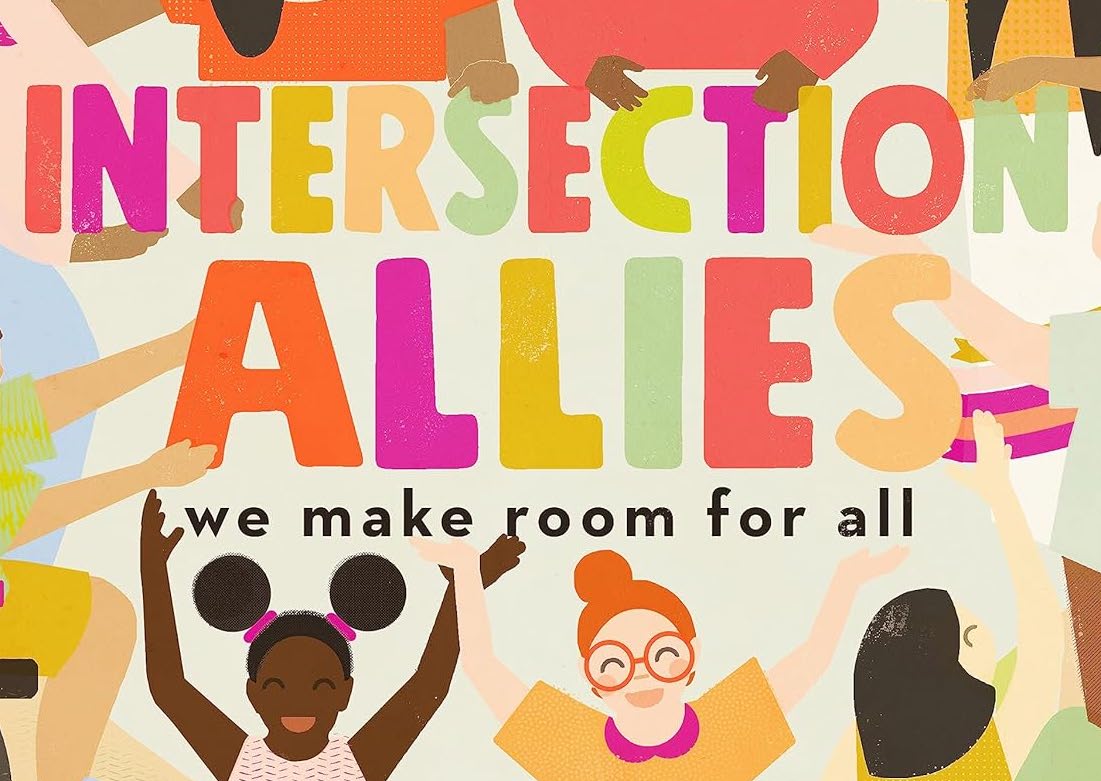
Chelsea JohnsonProject type
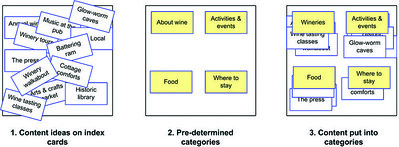
Donna SpencerProject type

Lisa WelchmanProject type
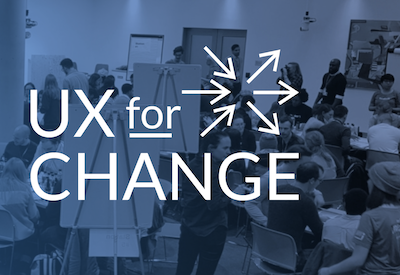
Sandra GonzālesProject type

Amelie LamontProject type

Mitzi OkouProject type

The Failings of the AIGAProject type
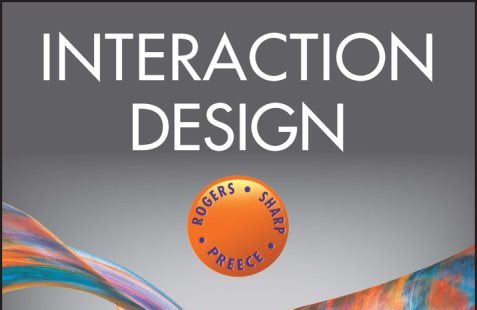
Jenny Preece, Yvonne Rogers, & Helen SharpProject type

Colleen BushellProject type

Aliza Sherman & WebgrrrlsProject type

Cathy PearlProject type

Karen HoltzblattProject type

Sabrina DorsainvilProject type
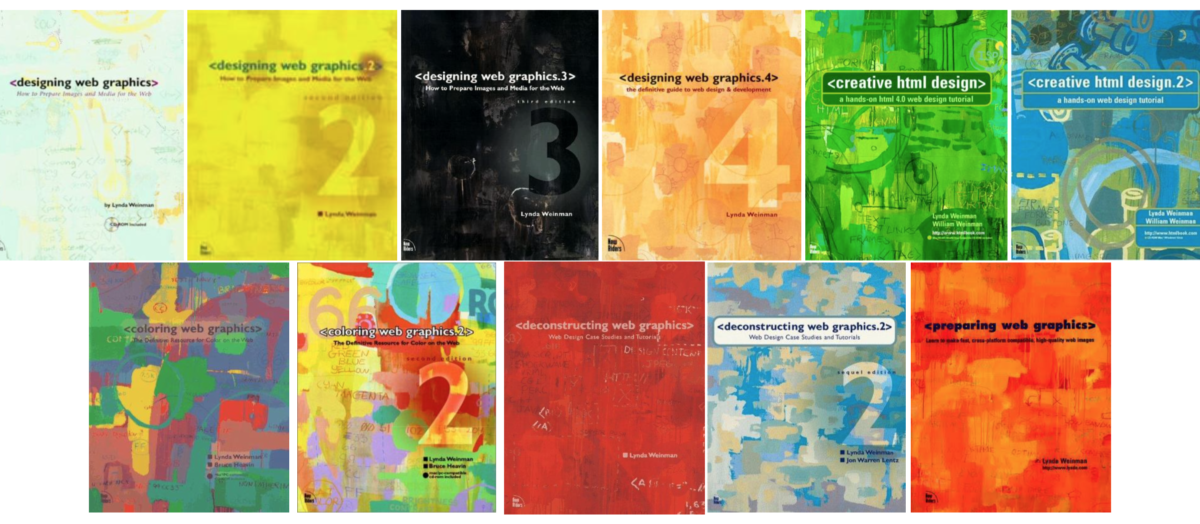
Lynda WeinmanProject type

Irina BlokProject type
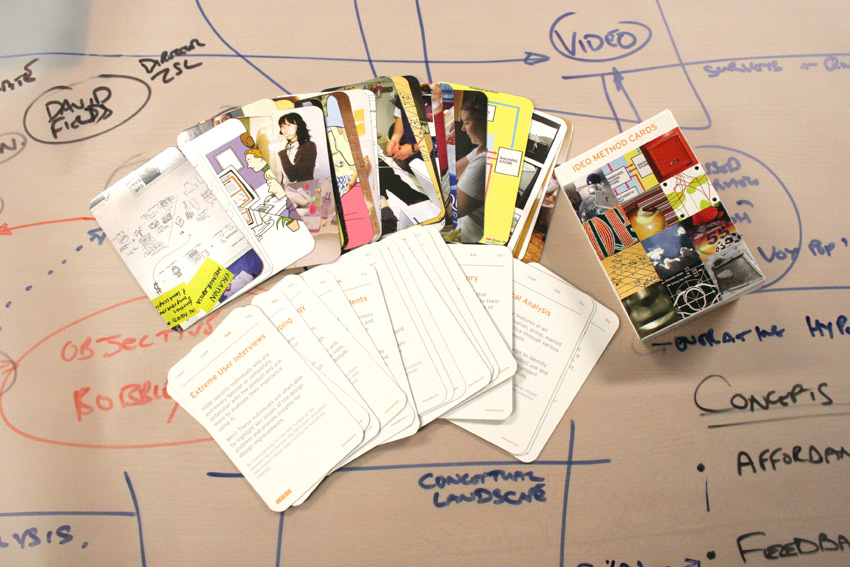
Jane Fulton SuriProject type
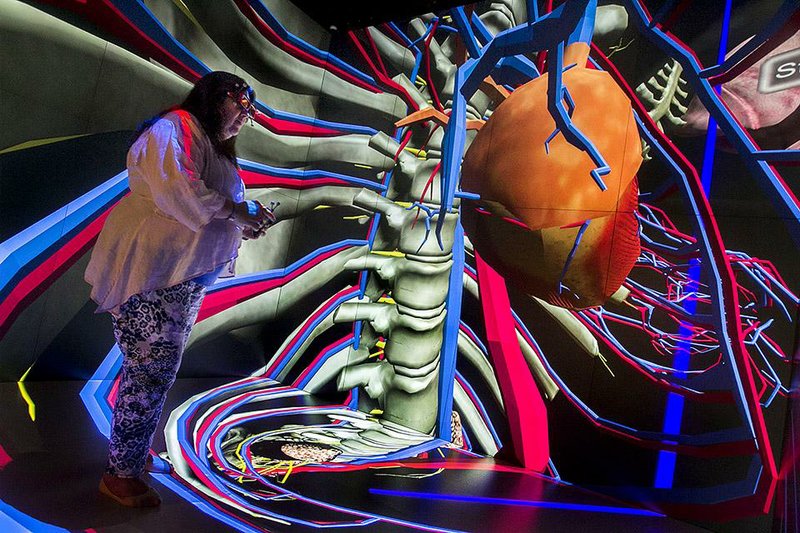
Carolina Cruz-NeiraProject type
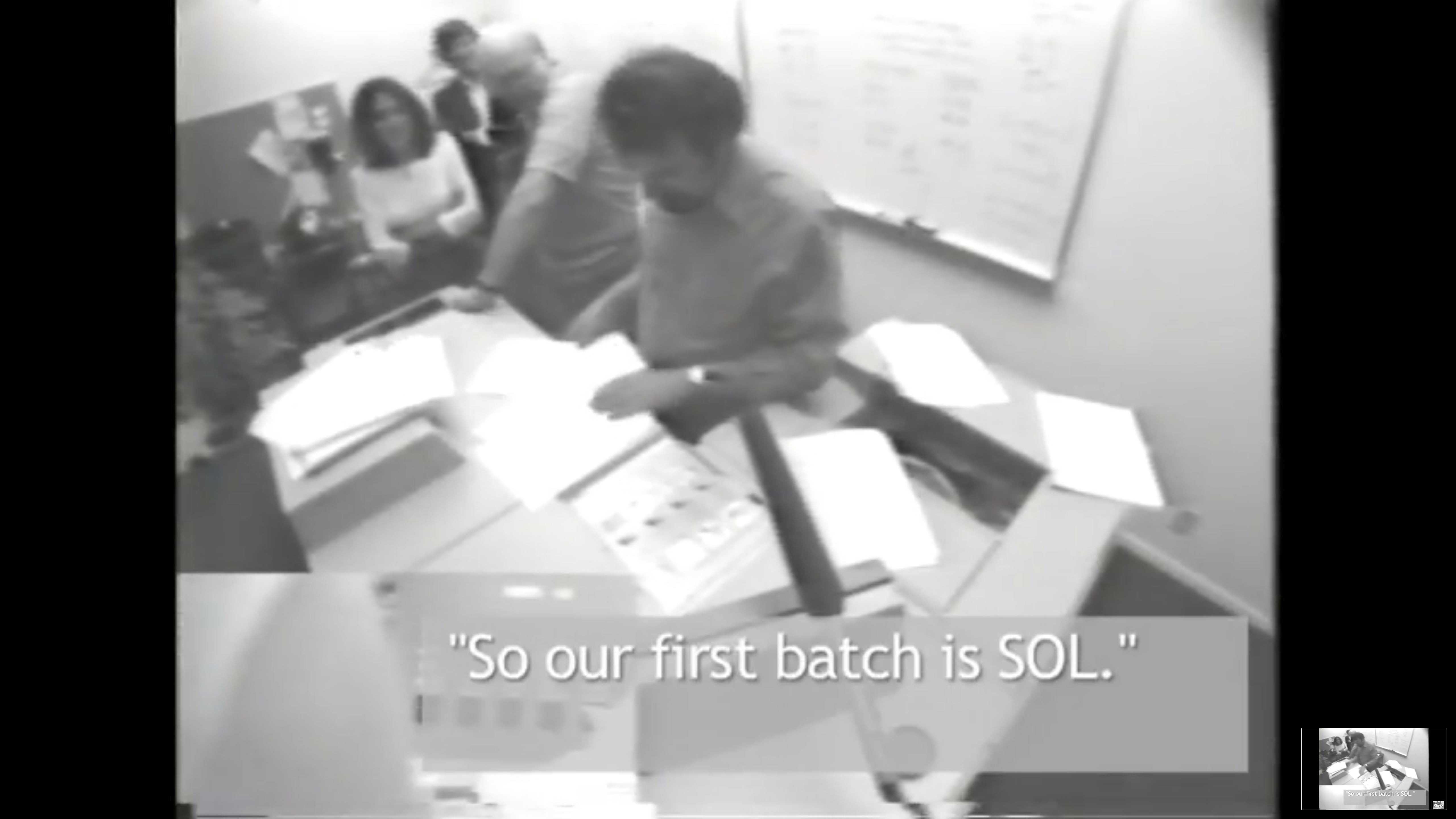
Lucy SuchmanProject type
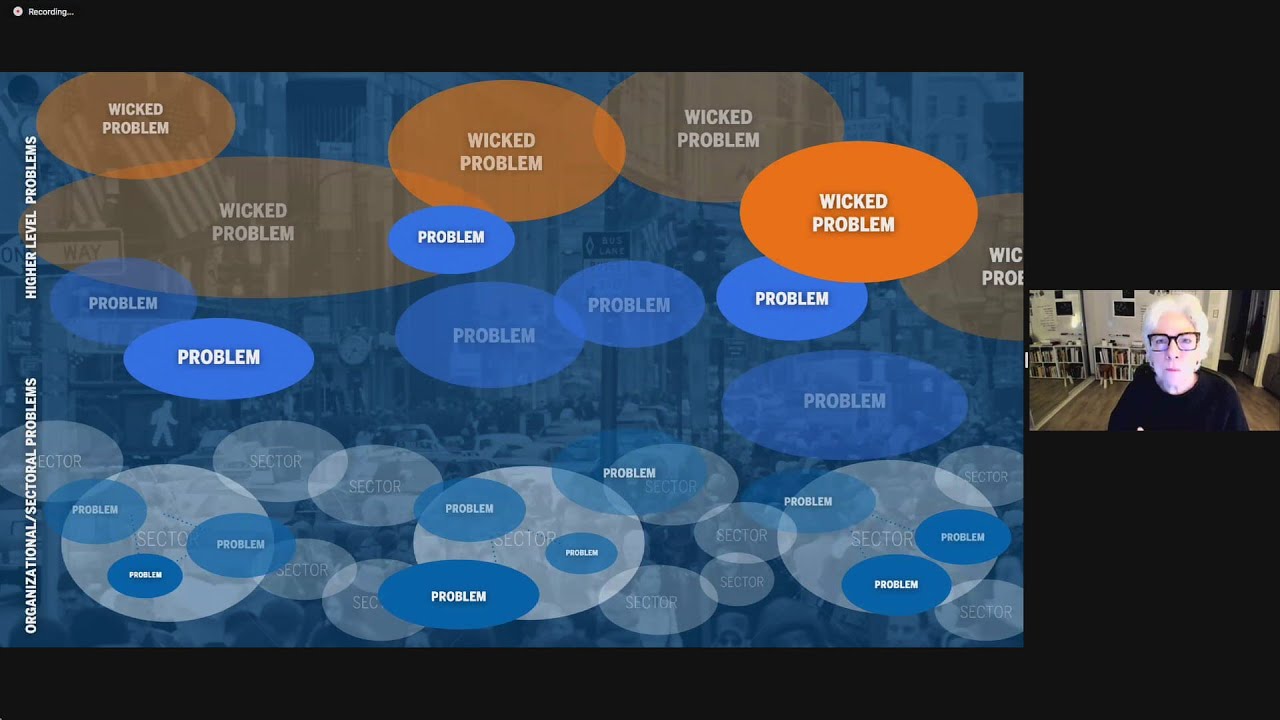
Terry IrwinProject type
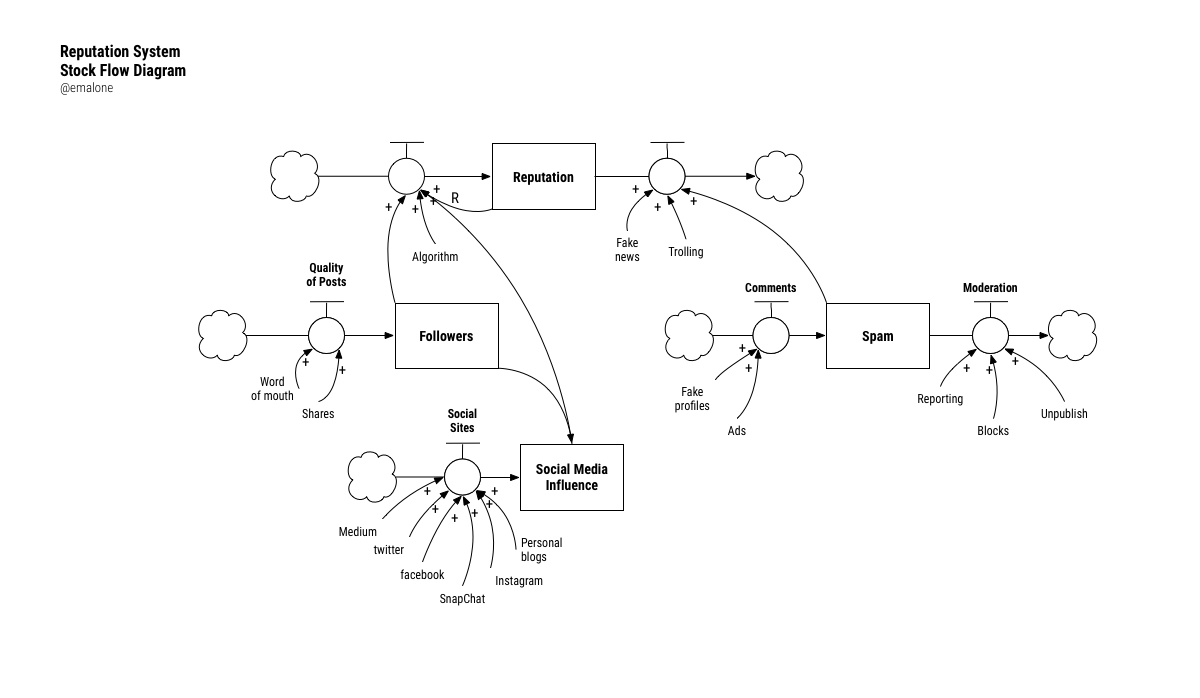
Donella MeadowsProject type
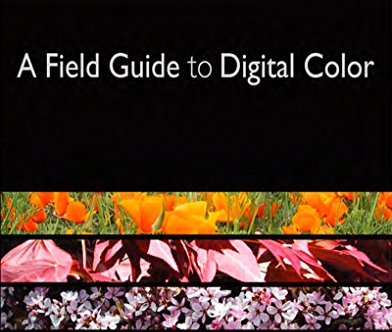
Maureen StoneProject type

Ray EamesProject type
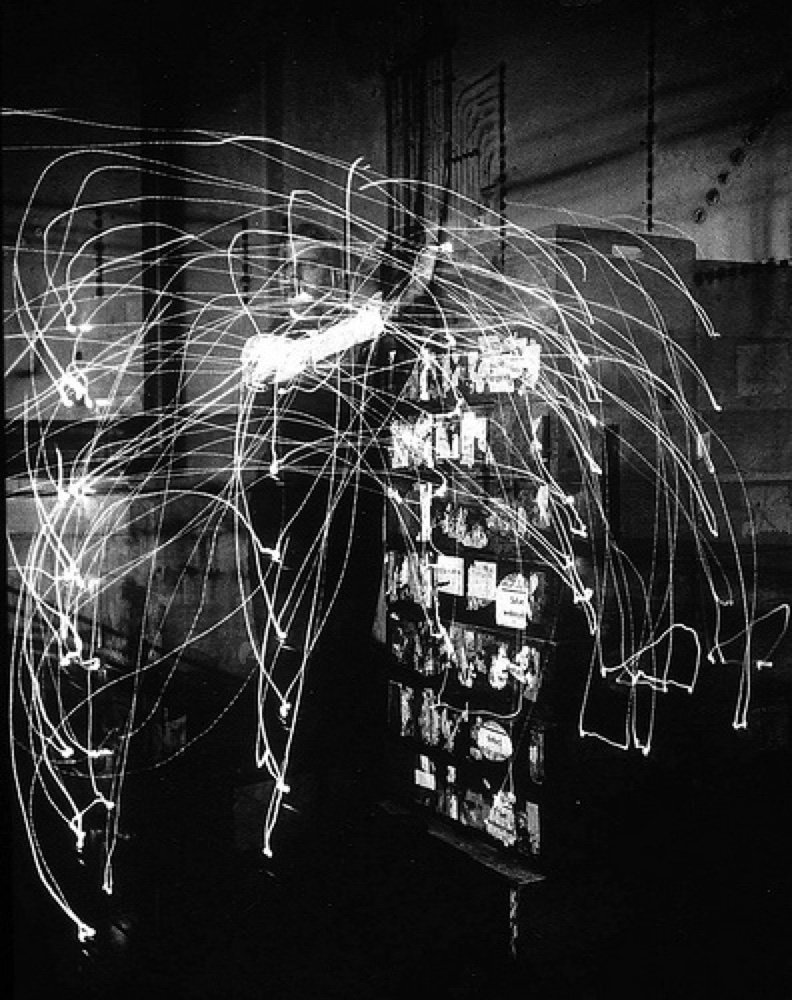
Lillian GilbrethProject type

Mabel AddisProject type

Ángela Ruiz RoblesDesigner

